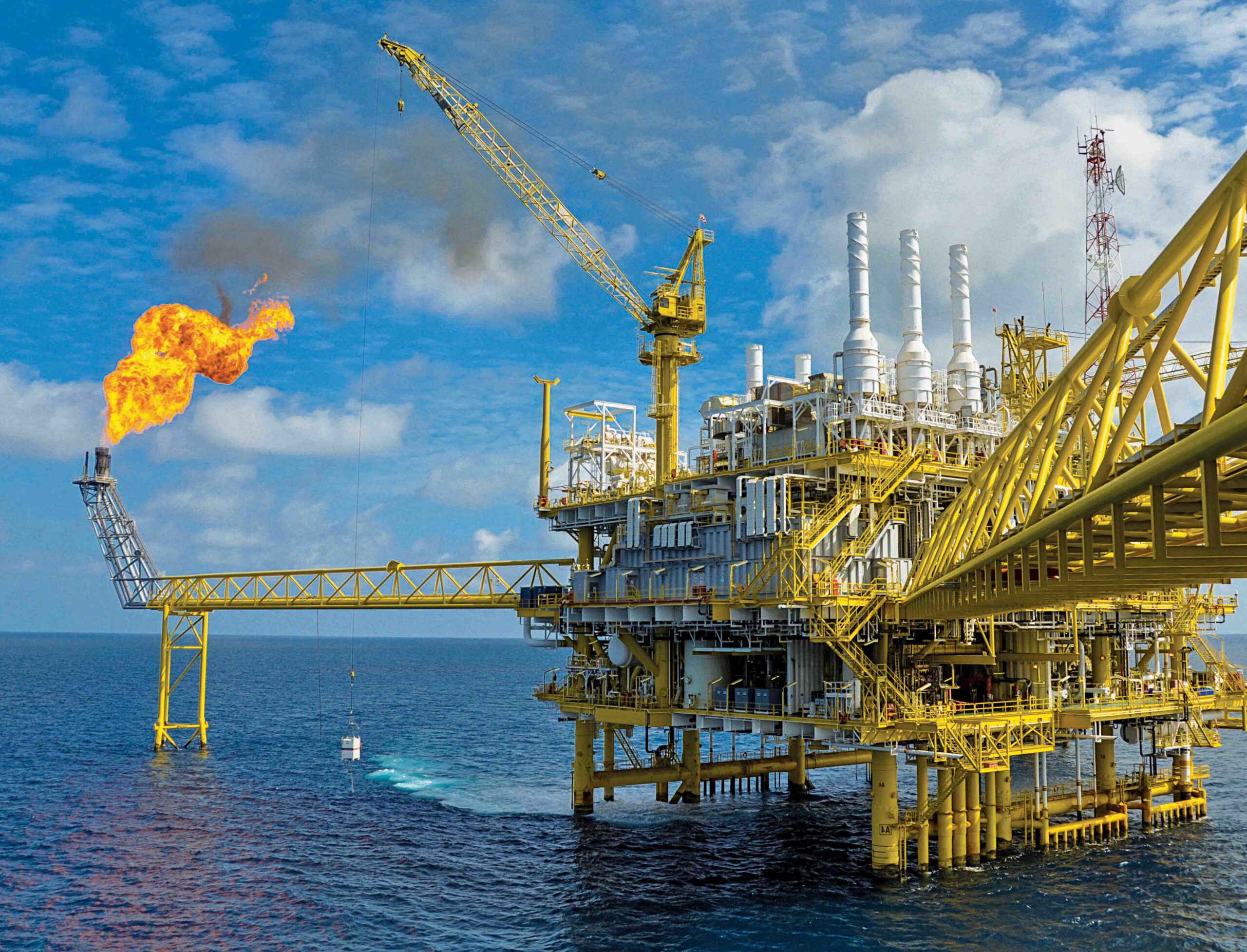
Satellite Connectivity for Offshore Oil and Gas Operations
Introduction
Offshore oil and gas operations are vital to global energy production, but they come with unique challenges. One of the most critical aspects of ensuring the safety and efficiency of these operations is reliable communication. In recent years, major advances in offshore satellite communication have revolutionized the way these operations are able to stay connected. This article explores the role of maritime satellite technology in enhancing safety and efficiency in the oil and gas industry.
What is Offshore Satellite Communication?
Offshore satellite communication is a game-changer for the oil and gas industry. Traditionally, these operations relied heavily on radio and terrestrial networks, mediums often prone to limited coverage and unreliable connectivity. The introduction of satellite solutions for offshore operations has transformed the way information is exchanged and managed in these high-pressure environments.
Maritime satellite technology forms the backbone of offshore connectivity. These advanced systems use geostationary satellites to provide seamless coverage over vast expanses of our, otherwise unreachable, ocean. The technology utilises a network of strategically positioned satellites, ensuring uninterrupted communication, regardless of the location of offshore rigs and platforms.
Enhanced Safety with Satellite Connectivity
Safety is paramount in offshore oil and gas operations, where workers face challenging environmental conditions and numerous potential hazards. Satellite connectivity plays a pivotal role in mitigating these risks and responding effectively to any emergencies that may arise.
- Real-time Monitoring and Surveillance
Satellite-enabled cameras and sensors provide real-time monitoring of offshore facilities, allowing for immediate response to any anomalies or safety breaches. The live feed generated ensures that potential hazards are identified and addressed promptly. Continuous surveillance using satellite technology significantly minimizes the risk of accidents and ensures that safety protocols are adhered to at all times on board the rig.
- Emergency Response Coordination
In the event of an emergency, swift and precise communication is an essential foundation for successful response. Offshore communication solutions are engineered for rapid coordination when it matters most. Whether facing a fire, equipment failure, or any other unforeseen emergency, satellite technology acts as a seamless messenger between offshore platforms, support vessels and onshore response units.
This method of instant communication ensures that every detail is relayed between parties in real time for an effective response. Quick response times can mean the difference between a contained incident and a catastrophic event when onboard a rig.
- Weather and Environmental Alerts
Offshore operations are susceptible to changing weather conditions and natural disasters. To navigate safely through these unique challenges, receiving precise information is paramount. Satellite data provides accurate and timely weather forecasts, allowing operators to plan operations around potential hazards, avoiding unnecessary risks.
Additionally, early warning systems act as a frontline defence, ensuring the safety of both personnel onboard and equipment. When it comes to the elements, being one step ahead can make all the difference, and this technology ensures teams are prepared for whatever conditions may arise.
Satellite Data for Offshore Efficiency
Efficiency is a key driver in the oil and gas industry, where even small improvements can result in substantial financial savings. Satellite data offers a wealth of information that can be leveraged to optimize operations.
- Asset Tracking and Management
GPS-enabled satellite systems provide real-time tracking of vessels, rigs, and other equipment, offering insight into their precise location and movement. This data is essential when it comes to logistical planning, enabling operators to optimize routes and schedules.
By minimizing downtime and maximizing the use of available resources, operations are able to run smoothly. Whether it’s monitoring the movement of a support vessel or allocating equipment for a critical task, the precision afforded by satellite-based asset tracking translates directly into enhanced productivity and profitability for companies.
- Remote Diagnostics and Maintenance
During offshore operations, equipment downtime can be costly, both in terms of time and money. Satellite connectivity solutions work to streamline maintenance practices with their remote monitoring capabilities. Sensors installed on equipment work efficiently to transmit real-time data, providing a comprehensive view of its current health and performance.
This information enables predictive maintenance, ensuring that potential issues are addressed before they can escalate. As a result, there is a significant reduction in the likelihood of costly equipment failures and unplanned downtime. By proactively identifying and rectifying potential problems, time and resources are saved, enhancing the overall reliability of operations.
- Data-driven Decision Making
The power of satellite data can be leveraged to make informed decisions crucial for offshore operations. From monitoring sea currents and wind patterns to geological conditions, satellite-derived insights paint a detailed picture of the surrounding environment.
Through analytics and modelling, operators can make precise and informed decisions about drilling locations and operational strategies. The result is a level of efficiency and precision that directly translates into increased productivity. By harnessing the full potential of satellite-derived data, operations can run at peak potential, setting a new standard for excellence in the industry.
Conclusion
Offshore satellite communication has revolutionized the oil and gas industry, creating a working environment that promotes enhanced safety and efficiency. Through the use of maritime satellite technology, offshore operations now have access to reliable and seamless connectivity, regardless of their location. This has translated into real-world benefits, including improved safety protocols, rapid emergency response and improved operational efficiency.
As the industry continues to evolve, it is essential that offshore operations embrace the full potential of satellite technology. By leveraging the data and capabilities offered by this innovative communication technique, the oil and gas sector can further enhance its position in global energy production.
With a proven track record of delivering cutting-edge satellite technology, Global Satellite are revolutionizing the way offshore oil and gas operations stay connected. Our state-of-the-art maritime systems ensure complete coverage in even the most remote areas of the ocean, guaranteeing uninterrupted communication for critical operations.
Global Satellite provides comprehensive solutions tailored to meet the unique demands of the oil and gas industry. Services we offer include real-time monitoring, surveillance, remote diagnostics, and asset tracking.
Contact us today via email [email protected] or phone +1 (954) 854-3389 to discuss your specific needs with a member of our team.




